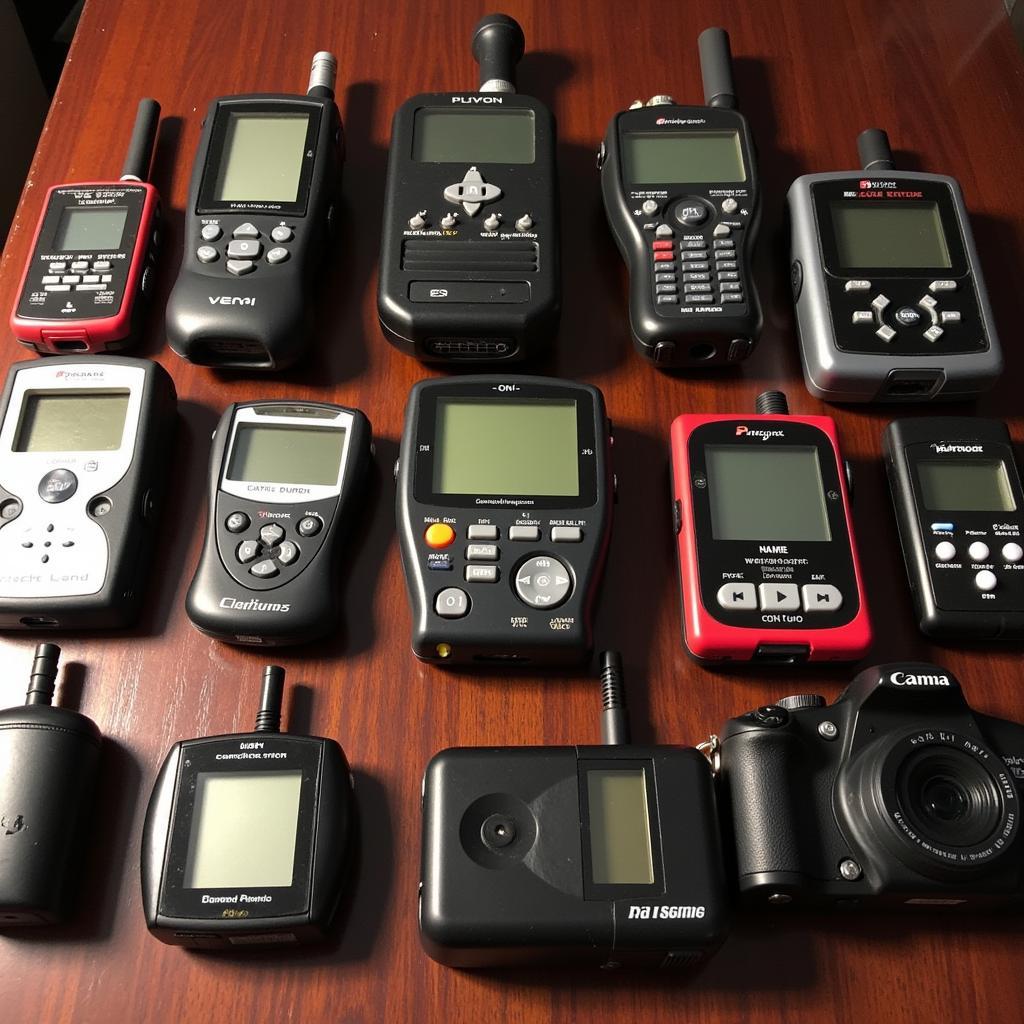Delving into the world of the paranormal requires more than just a thirst for the unexplained; it demands a meticulous approach, a discerning mind, and a commitment to rigorous research. The stages in the research process are the compass guiding every paranormal investigator towards credible evidence and plausible explanations. Just like a detective meticulously piecing together clues, we too must employ a systematic approach to navigate the shadowy corners of the unknown.
The Blueprint for Paranormal Research: Understanding the Stages
Before embarking on any investigation, a comprehensive understanding of the research process is crucial. Each stage acts as a building block, ensuring we gather data effectively, analyze it objectively, and ultimately arrive at conclusions grounded in logic and evidence. Let’s break down these stages, unveiling the roadmap to successful paranormal research.
Stage 1: Observation – Recognizing the Enigma
Every investigation begins with an observation, a whisper of something unusual, a glimpse into the seemingly impossible. This stage is about acknowledging the unexplained phenomena, the cold spots, the unsettling noises, the objects moving inexplicably.
It’s about recording these observations, detailing the when, where, and how of the events. This stage is about asking questions – What happened? Where did it occur? Who else witnessed it? – without jumping to conclusions.
Stage 2: Hypothesis Formation – Daring to Question
Once we’ve observed and documented, the next stage involves formulating a hypothesis. This isn’t about accepting the first paranormal explanation that pops into our heads. Instead, it’s about creating a testable statement, a potential explanation for the observed phenomena.
For example, if an investigation involves a house rumored to be haunted, our hypothesis might be: “The reported cold spots in the house are caused by fluctuations in temperature due to the building’s old infrastructure.” This stage encourages critical thinking, challenging us to consider both paranormal and natural explanations.
Stage 3: Research and Data Collection – Unveiling the Facts
This stage is where the real detective work begins. We delve into the history of the location, interview witnesses, and gather data using various tools and techniques.
- Historical Research: Unearthing old documents, news articles, and local lore can provide crucial context, potentially revealing past events that contribute to the current paranormal activity.
- Witness Interviews: Gathering firsthand accounts from individuals who have experienced the phenomena is essential. Their testimonies, though subjective, offer valuable insights and can corroborate or challenge existing evidence.
- Technical Investigations: Employing tools like EMF detectors, EVP recorders, and infrared cameras allows us to collect empirical data, capturing potential anomalies that might support or refute our hypothesis.
 Paranormal Investigation Tools and Data Collection
Paranormal Investigation Tools and Data Collection
Remember, every piece of information, whether historical, anecdotal, or scientific, adds a piece to the puzzle, bringing us closer to understanding the truth.
Stage 4: Data Analysis – Deciphering the Clues
With data in hand, we transition from data collection to the critical stage of analysis. This is where we meticulously examine every piece of evidence, separating genuine anomalies from explainable occurrences.
“The key is to approach the data without bias, applying critical thinking to identify patterns and connections,” says Dr. Emily Carter, a leading researcher in parapsychology. “We must be willing to discard data that doesn’t stand up to scrutiny, even if it means letting go of a favored hypothesis.”
This stage requires objectivity, logic, and a keen eye for detail. We must be willing to question our assumptions, consider alternative explanations, and acknowledge the limits of our current understanding.
Stage 5: Conclusion – Embracing the Unknown
The final stage involves drawing conclusions based on the analyzed data. Did the evidence support our initial hypothesis? Did we uncover new evidence that points to a different explanation? Or, despite our best efforts, do the events remain unexplained?
Sometimes, the most important finding is the absence of a definitive answer. In these cases, acknowledging the limitations of our investigation is not a failure but a testament to the complexity of the paranormal.
The Journey Continues
The stages in the research process are not merely steps to be followed but a mindset to be embraced. It’s a journey of exploration, driven by curiosity, grounded in logic, and fueled by a passion for uncovering the truth behind the unknown.
Remember, every investigation, every question, every piece of evidence analyzed brings us one step closer to understanding the mysteries that lie beyond the veil of our everyday reality.
Do you have a paranormal experience you’d like to explore?
Our team of dedicated researchers at Paranormal Research is here to help. Contact us at 0904826292, email us at research@gmail.com, or visit us at No. 31, Alley 142/7, P. Phú Viên, Bồ Đề, Long Biên, Hà Nội, Việt Nam. We’re available 24/7 to assist you on your journey into the unknown.